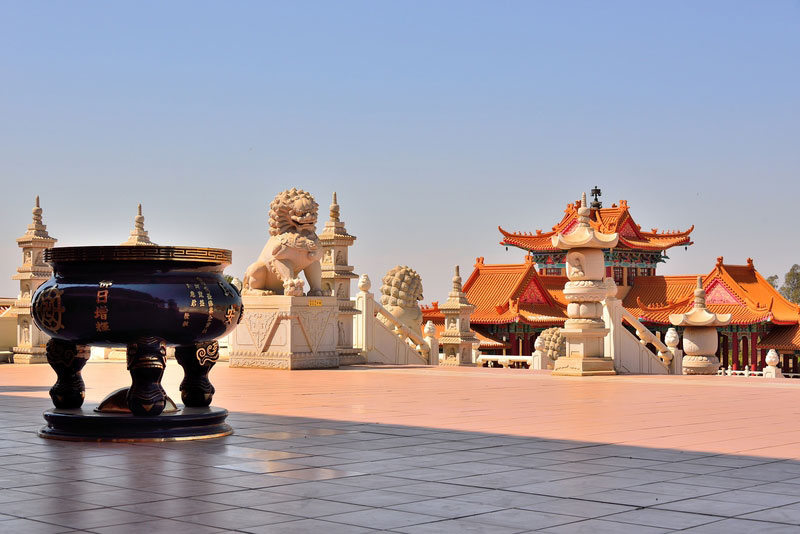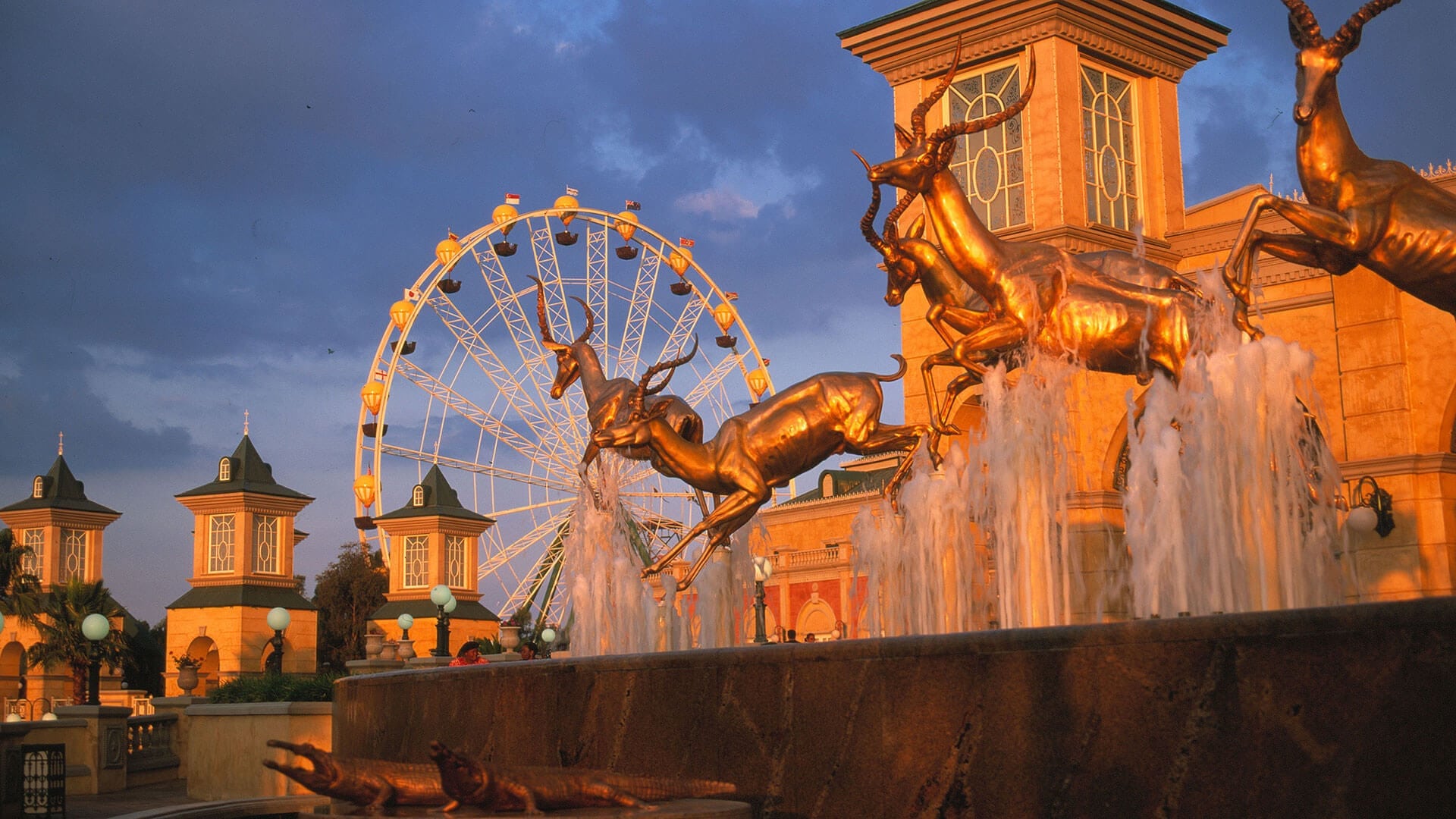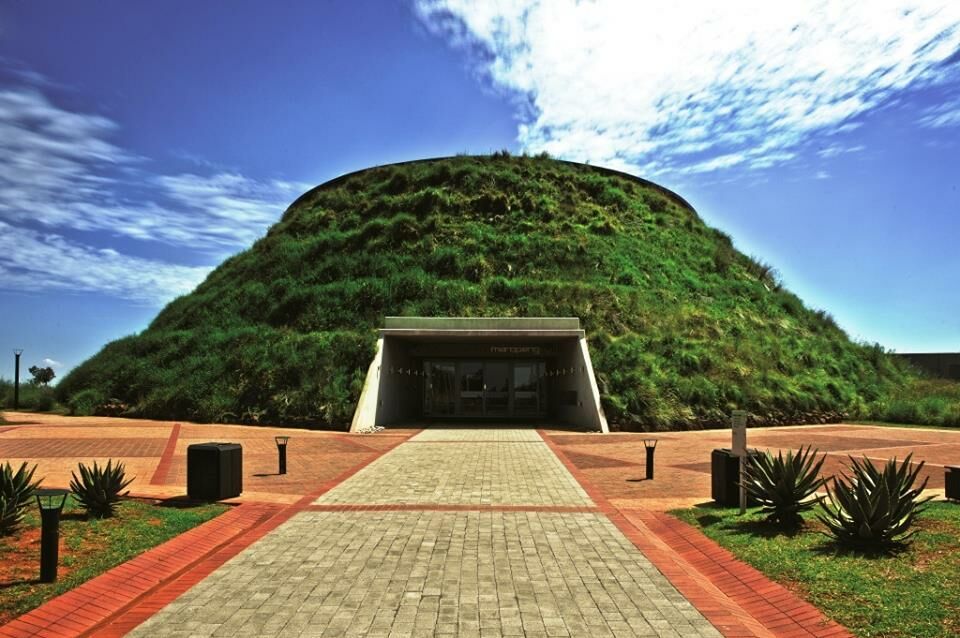The Of Johannesburg North Attractions
4 Simple Techniques For Johannesburg North Attractions
Table of ContentsThe Greatest Guide To Johannesburg North AttractionsGetting The Johannesburg North Attractions To WorkAn Unbiased View of Johannesburg North AttractionsSome Known Details About Johannesburg North Attractions Our Johannesburg North Attractions IdeasIndicators on Johannesburg North Attractions You Need To KnowGetting My Johannesburg North Attractions To Work
Nevertheless you ought to keep security in mind and tourists must stay alert in all times when in unknown surroundings. Talk to the residents when you are in town to discover the location you are remaining in. Johannesburg North attractions. When on the street (this does not relate to shopping center and other secure environments) best general recommendations is to try your best to look like a regional and to prevent displaying any kind of riches
The 9-Second Trick For Johannesburg North Attractions
Teacher Revil Mason O. J. (Thomson, 1946) checked out the Witwatersrand's pre-colonial history. His historical work exploded the 'em pty land' myth, according to which the area was lacking human habitation before the arrival of European inhabitants. In his publications Prehistory of the Transvaal: A Document of Human Task (1962) and Origins of Black Individuals of Johannesburg and the Southern Western Central Transvaal Advertisement 3501880 (1986 ), Teacher Mason showed the degree of social and financial growth in the area before Europeans established foot here.

Some Known Incorrect Statements About Johannesburg North Attractions
In 1878, David Wardrop located gold in quartz capillaries at Zwartkop, north of Krugersdorp. In 1881, Stephanus Minnaar came throughout gold on the farm Kromdraai, near the Cradle of Mankind.
In March 1886, an outcropping (quickly to be called the Key Coral reef) was discovered, quite fortunately, on Gerhardus Oosthuizen's farm Langlaagte. Some claim that the Lancastrian coal miner George Walker discovered this coral reef. One more travelling English miner, George Harrison (who had actually previously operated in Australian mines) obtained a prospecting licence in regard of Langlaagte in May 1886.
He chose to proceed in a mission for greener pastures, and disposed of his Langlaagte case for the handsome amount of 10. Alas: underneath lay the wealthiest goldfield ever before found. The exploration of this rich auriferous coral reef prompted a gold rush that signalled the end of agrarian tranquillity in the southern Transvaal.
It would certainly, within six years, come to be the largest community in southerly Africa. Within a decade, it would certainly make the Z. A. R. until after that an anarchical and bankrupt little state the wealthiest nation in Africa. By the turn of the century, the Z. A. R. was to go beyond Russia, Australia and the United States of America to end up being the globe's leading gold producer, producing even more than a quarter of the world's gold.
Some Known Details About Johannesburg North Attractions
It was recognized as Ferreira's Camp, named after Colonel Ignatius Ferreira. He was a Boer adventurer upon whom the British authorities had presented the standing of Friend of one of the most Differentiated Order of St Michael and St George (entitling him to the post-nominal letters C. M. G.) in gratefulness for his duty in the battle that had actually deposed the Pedi king Sekhukhune in 1879.
Quickly the camp was including outdoors tents and wagons as newcomers arrived daily from far and wide. By September 1886, some 400 people lived in Ferreira's Camp, which soon boasted upraised iron and lumber structures. 2 various other camps were established: Meyer's Camp on the farm Doornfontein, webpage and Paarl Camp. The latter was nicknamed Afrikander Camp; lots of people from the Cape Nest cleared up there.

The Main Principles Of Johannesburg North Attractions
This name obtained currency by word of mouth, such that the State Assistant attested the name to the Mining Commissioner on 9 October 1886. Stands in the town were auctioned on 8 December 1886. While some stands were cost 10, others were knocked down for as low as sixpence.
2 years later on, these erven were to transform hands for as long as 750 each. The tented camps decreased as a dorp of corrugated iron buildings created and broadened north of the mines located along the Main Reef Roadway. Locations such as Jeppe's Community (where working-class immigrants erected their homes) and Doornfontein (where the wealthy brand-new 'Randlords' began to build their extravagant homes) were quickly included in the ever-expanding map of the community.
Unknown Facts About Johannesburg North Attractions
Apart from the road names, there were no indications of Johannesburg being positioned in a Dutch-speaking nation., virtually every person talked English and also the Government slaves addressed one in English, unless they were very first dealt with in the Taal (or Low Dutch)'.
Britain had a rate of interest in making sure optimal conditions for gold production on the Witwatersrand, and that the gold was exported to London rather than Berlin a necessary made all the more clamant by the Z. A. R.'s increasing toenadering with Germany. Mine proprietors were on a clash with President Kruger, whose plan of monopolistic concessions (frequently given to his cronies) avoided mining companies from acquiring supplies of products (specifically dynamite) and work on their own, cheaper terms
Johannesburg North Attractions for Beginners
In 1890, the Volksraad had actually limited the franchise business to white men who had actually stayed in have a peek at this website the Z. A. R. for fourteen years or longer, therefore invalidating most of the immigrants (that took place to be the significant contributors to the fiscus). Anxiety for the vote was a mere pretense for advertising a various program; most uitlanders concerned themselves as short-lived visitors and had no objective of continuing to be in the Z.